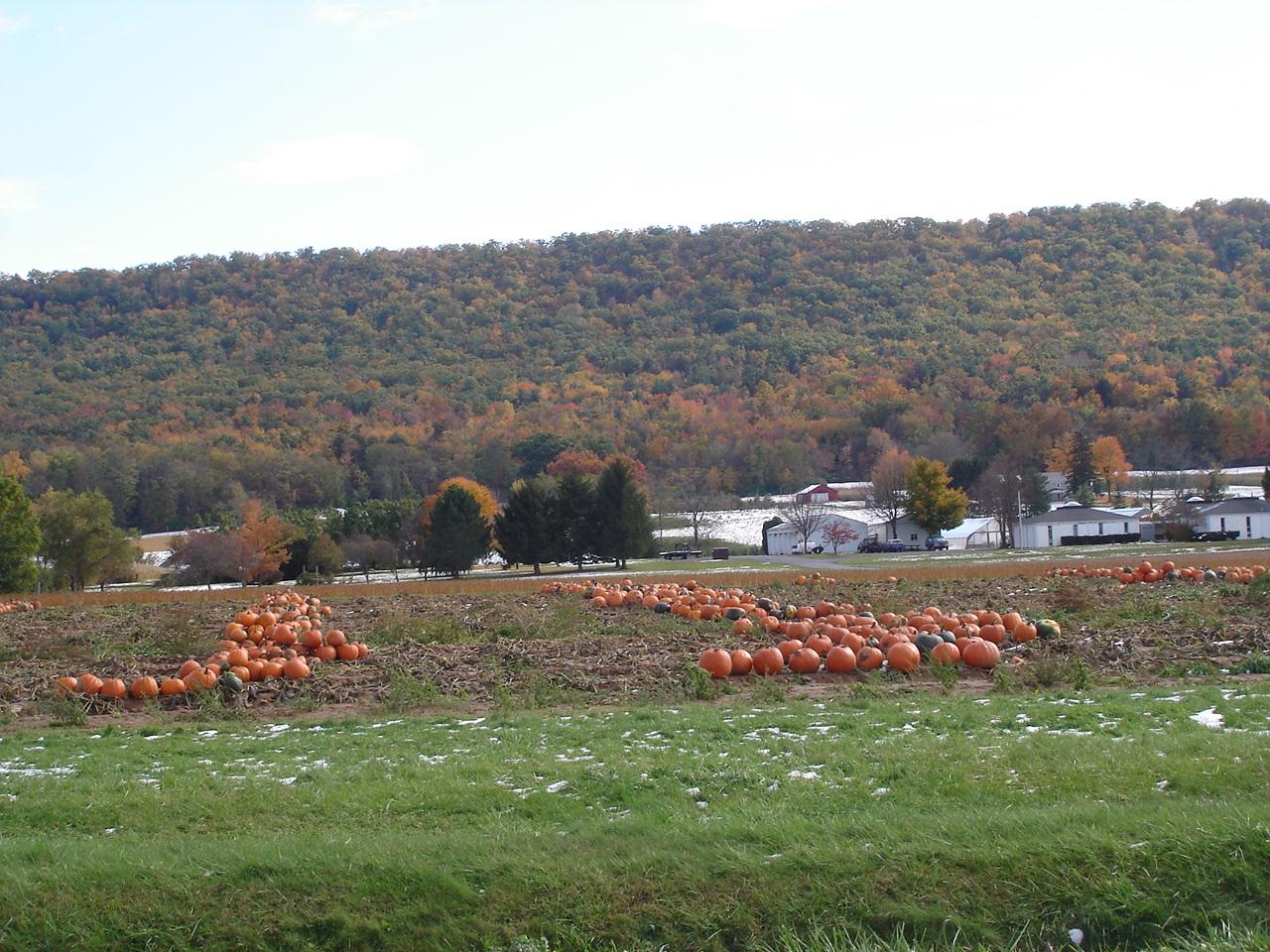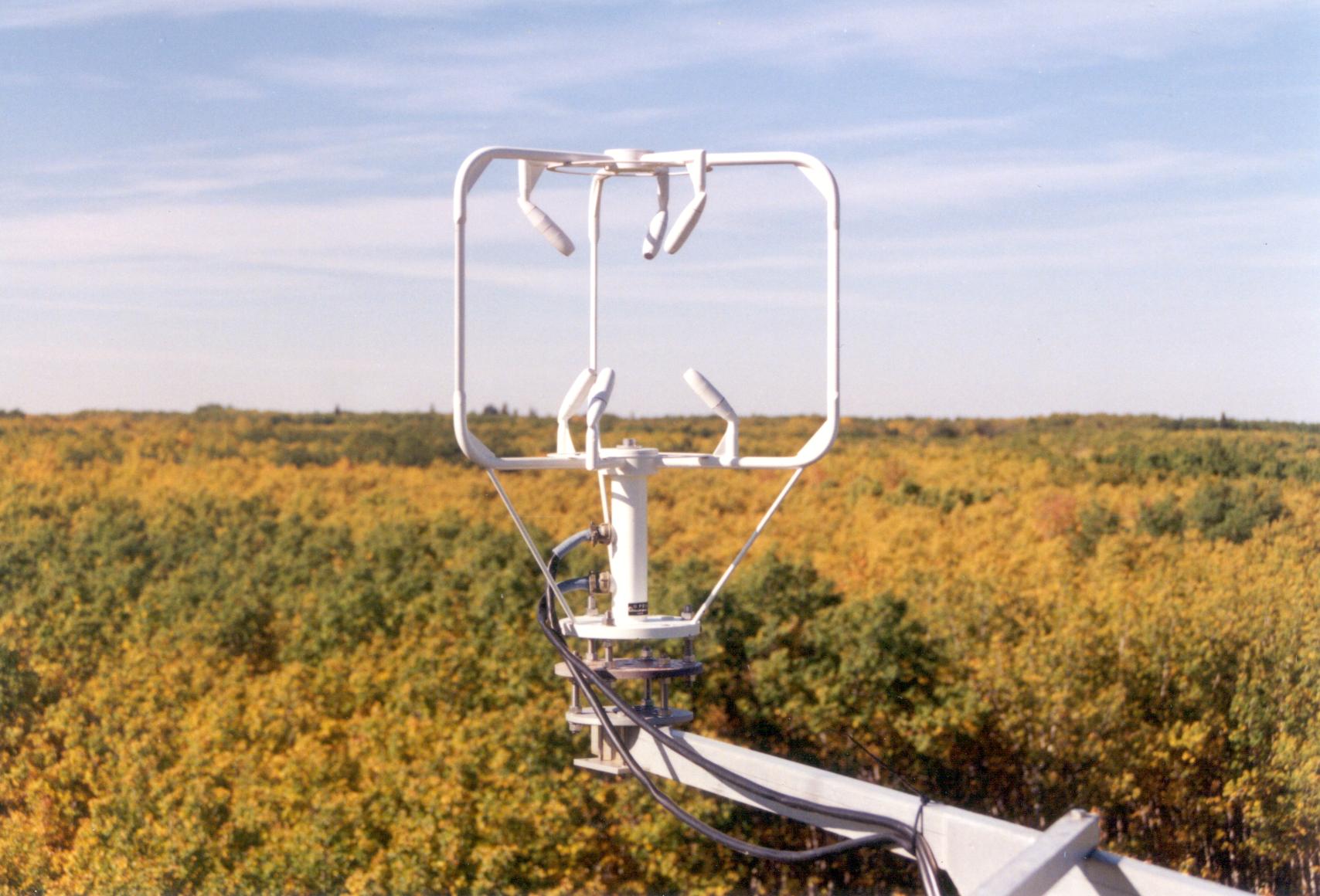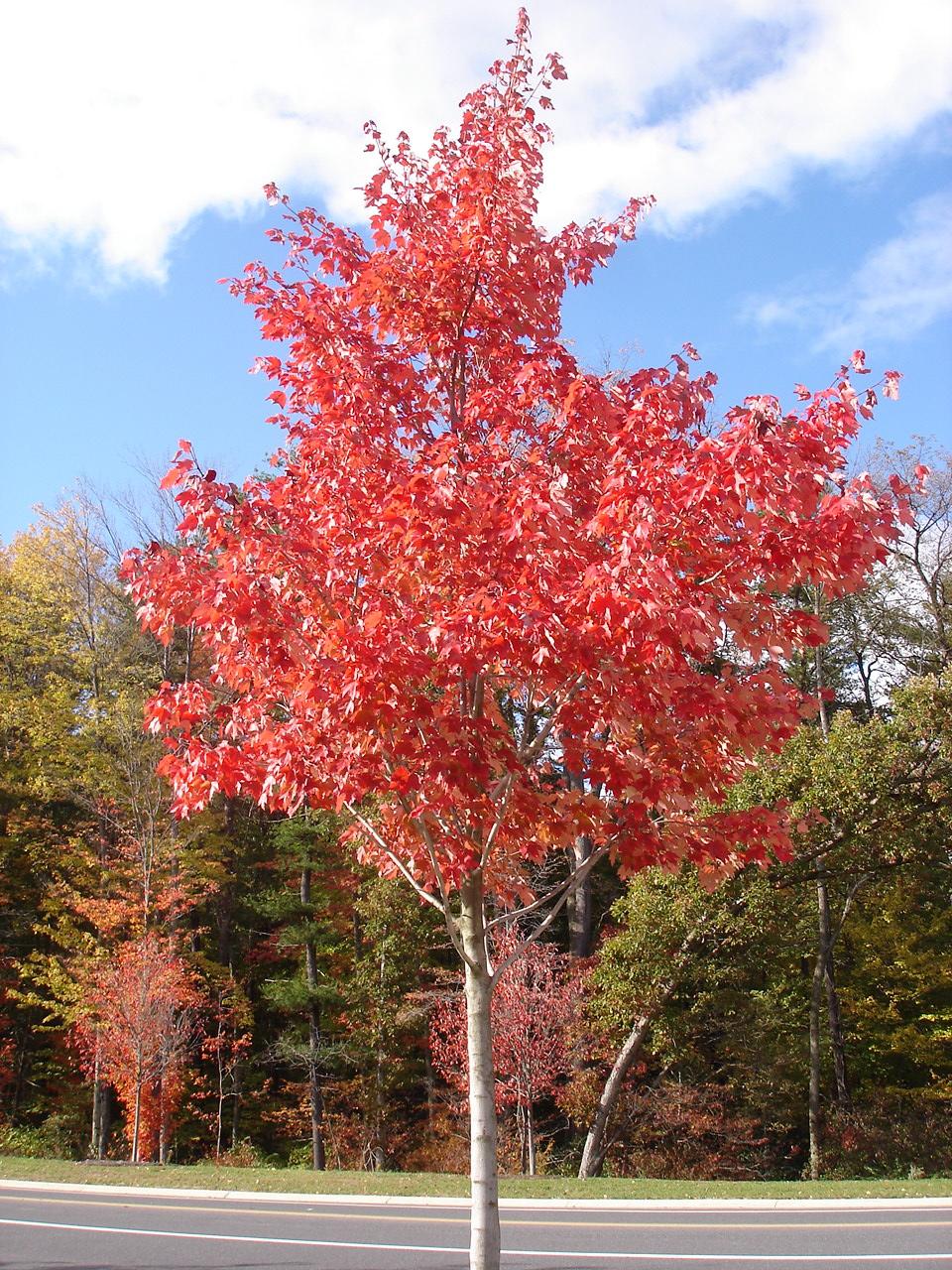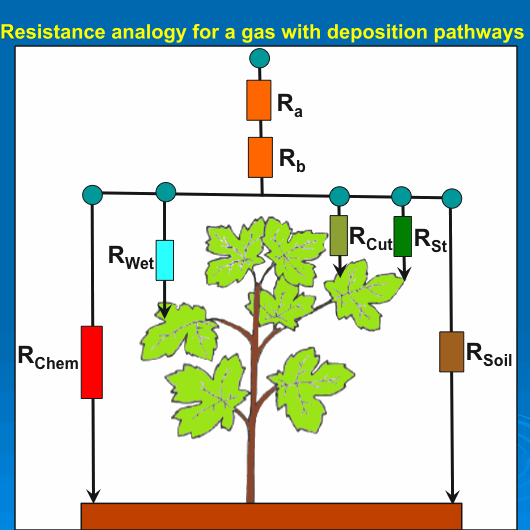



-
Ozone deposition processes
Ground-level ozone is formed through complex reactions entailing nitrogen oxides, carbon monoxide, and hydrocarbons. Ozone is an important atmospheric constituent because at elevated concentrations it can perniciously impact human health and vegetation, and influence the climate of the atmosphere. We investigate the mechanisms controlling ozone deposition to forest ecosystems. Field studies examine how atmospheric processes such as turbulence and stability regimes affect the transfer of ozone from the lower atmosphere to forests. These investigations rely on micrometeorological methods to derive in situ ozone fluxes to terrestrial surfaces. Also, numerical models such as the one based on the Ohms Law analogy are developed ozone deposition to terrestrial surfaces. Several fields campaigns have been completed such as the Large scale Biosphere-Atmosphere (LBA) experiment in Brazil (1999) and the Polar Sunrise Experiment (2000) in Canada Currently, ozone deposition studies are being pursued at remote environments such as the boreal forests of Canada, mangrove forests in the Florida Everglades, the semiarid regions of New Mexico, and the suburban environment of Beltsville, Maryland.


